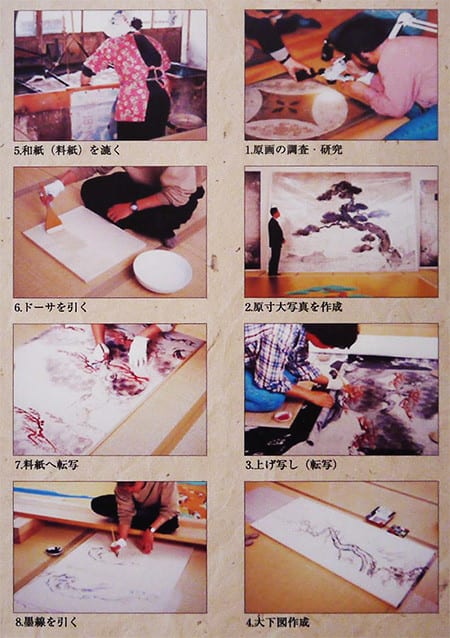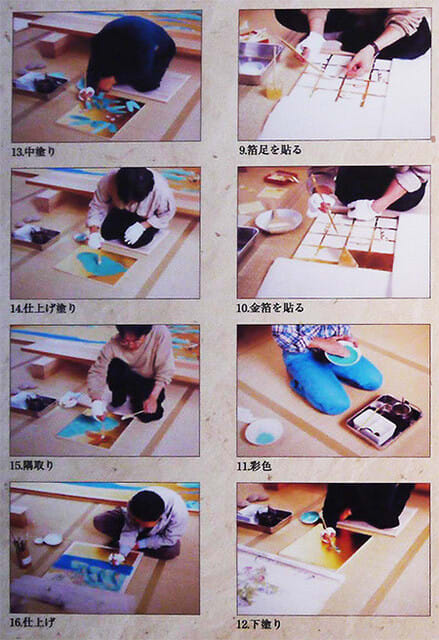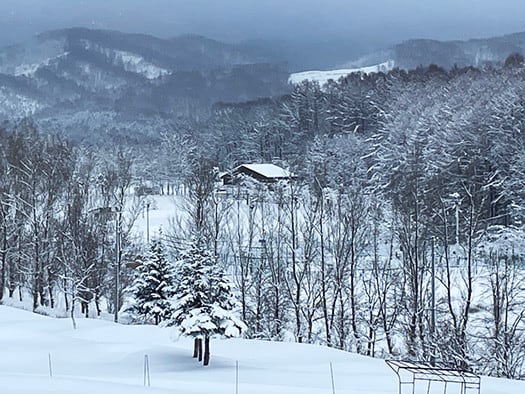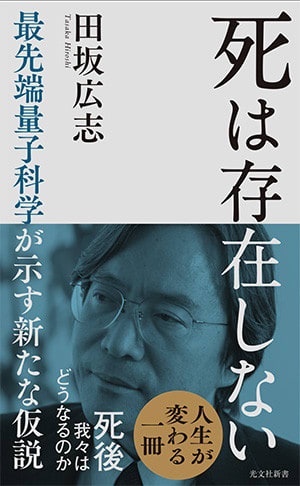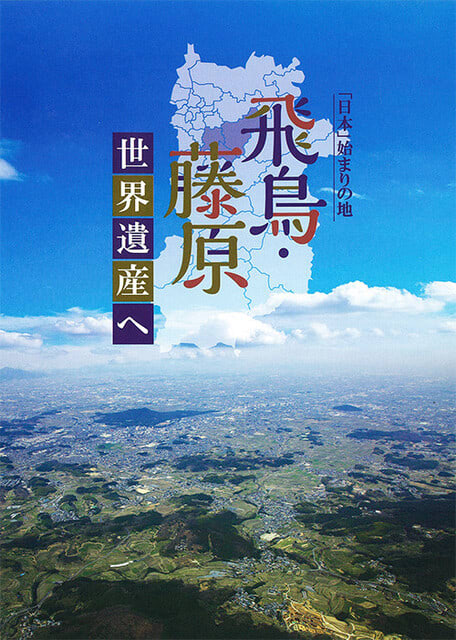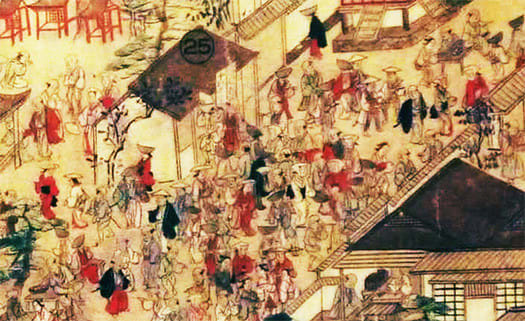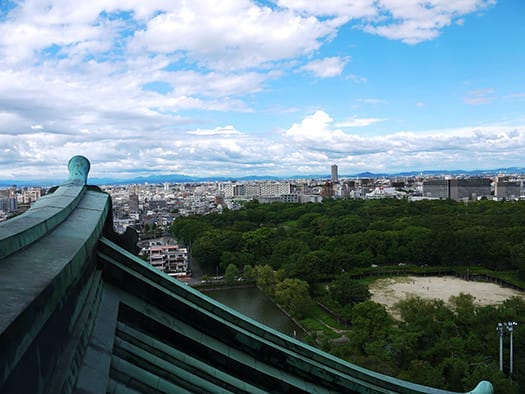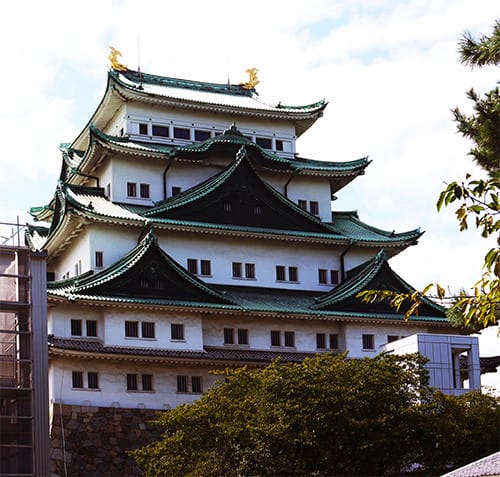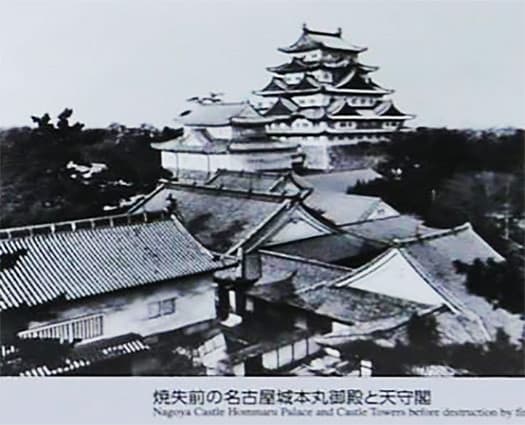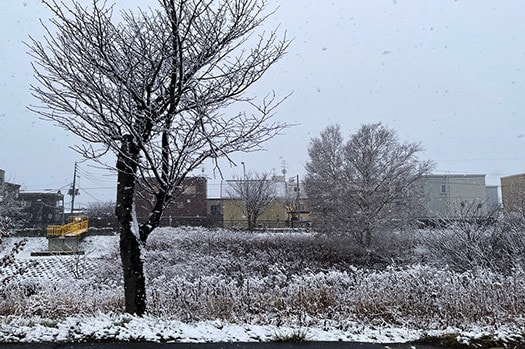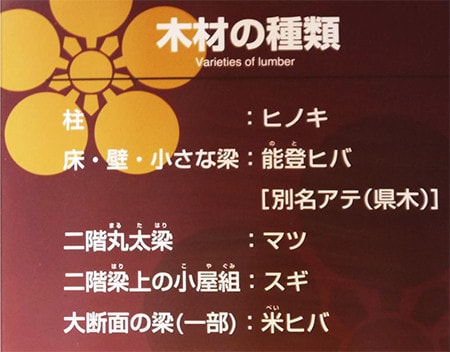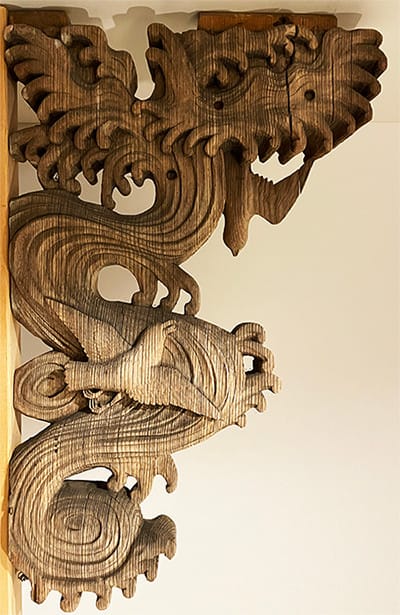

写真は名古屋城本丸御殿の障壁画のうち、玄関の間に飾られているトラ群であります。金箔の背景色と和の空間の漆喰の白、畳の自然な黄色の色合いの相関性が、いかにも日本的な感受性のある極点なのだという印象を受ける。美術館などで金屏風絵などを見るのともまた違う、いかにもその「本来の見え方・見せ方」を発見するような思い。
トラという画材テーマは日本には棲息していない獰猛な「怖ろしげなるもの」というのが、日本人全般の意識だった時代。しかし実際に朝鮮出兵などで大陸性のこの動物に遭遇した経験も、加藤清正のトラ退治伝承などで、この名古屋城創建時の時代のひとびとには、ある生々しさもあっただろう。武家の頂点に立つ徳川将軍家の御三家の中枢権力装置として、狩野派への「主題」提示があっただろうことは容易に想像が付く。「本丸御殿に来訪した人間たちに、主人の武威を視覚化して表現せよ」。
そういう受け手の印象に対して、いかにもケバケバしく眼に飛び込んでくる金色の背景で、獰猛そうなトラが「ウヨウヨいる」という光景は、まことに訴求力があったに違いない。おおむね「等身大」に描画されたトラたちは、いまにも画面から飛び出してくるような姿勢、姿態で描かれて、畳の空間を徘徊しているような印象を与えてくれている。
イマドキの現代人にとっては、おお、動物園の檻の中に飛び込んだみたいだ、というような半分ワクワクさせられるような光景だけれど、この城の創建の頃の人びと、武家や公家などにとっては、この家の主人は、こういう危険極まりない「武力」を実際に行使するパワーを持った存在であるので、高尚で高邁な芸術を通した「脅迫・プレッシャー」として機能したのだろう。
「オレ様、こういうの、ウヨウヨ飼っているからね」
今日ではマンガ的と言えるけれど、江戸時代初期的にはひとつの「安全保障」策として機能したものであるのだろう。現実の軍事力を誇示することで畏怖させて自分に都合の良い安寧を実現し維持するという思考。なにごとも力でしか人心を圧伏できないという冷徹な思考法。しかし今日世界でも、こういう思考法は世界の趨勢に基底的にあり続けている。
民主主義国家体制ではそれがそのまま表に出てくることはないけれど、天安門事件で民を虐殺した権力とか、核搭載可能なミサイルを誇示し国民の反抗心を萎えさせ周辺国に脅しを掛ける権力とか、「国連常任理事国」でありながら実際に核攻撃までちらつかせ他国を平然と侵略する権力など、わたしたちはこういう輩たちの正面にいることも現実ですね。
English version⬇
Tiger Tigers” Lively in Honmaru Goten: Exploring Nagoya Castle - 4
A lively depiction of a group of dangerous animals that first greet visitors to the castle. The expressive power of the Kano school makes them seem as if they are jumping out of the gold glittering background. ...
The photo shows a group of tigers among the barrier paintings in the Honmaru Palace of Nagoya Castle, which are displayed in the entrance hall. The correlation between the gold leaf background color, the white of the plaster in the Japanese space, and the natural yellow hue of the tatami mats gives the impression of a certain extreme point of Japanese sensibility. It was as if I was discovering the “original way of seeing and presenting” of the work, which is different from the way I see gold folding screen paintings in art museums.
The theme of tigers as a painting medium was not native to Japan at that time, when Japanese people in general were aware of tigers as ferocious and “frightening” creatures. However, the people of the time when Nagoya Castle was built must have had a certain vividness, as they had actually encountered this continental animal during the Korean invasions, and there are legends of Kiyomasa Kato's killing of tigers. It is easy to imagine that the Kano school would have been presented as the central power apparatus of the Tokugawa shogunate's three families, which stood at the pinnacle of the samurai class. The Kano school was asked to “visualize and express the military might of the master to the visitors to the Honmaru Palace.
The sight of ferocious-looking tigers “teeming around” against a gold background that jumped out at the viewer's eyes in a garish manner must have been very appealing to such an impression. The tigers, drawn in a generally “life-size” pose, seem as if they are about to leap out of the screen, giving the impression that they are roaming around the tatami space.
For modern people, it is a half-exciting scene, as if they have jumped into a zoo cage, but for the people of the time when the castle was built, such as the samurai and court nobles, the master of the house actually had the power to actually use such dangerous “military force” and was therefore a noble and noble man. For the people of the time of the founding of the castle, such as the samurai and court nobles, the master of the house actually had the power to use such dangerous military force.
I have a lot of these things, you know.
Although today it could be called cartoonish, in the early Edo period it probably functioned as a “security” measure. The idea was to achieve and maintain a sense of security that suited one's own needs by displaying real military power in order to awe the people. It is a cold-blooded way of thinking that only force can win people's hearts and minds in anything. This way of thinking, however, continues to be a fundamental trend in the world today.
Although it does not appear in democratic regimes, it is still present in the power that massacred the people in the Tiananmen Square massacre, the power that threatens neighboring countries by flaunting missiles to weaken the defiance of the people, and the power that invades other countries with impunity by threatening nuclear attacks despite being a permanent member of the United Nations Security Council, The reality is that we are right in front of these people.













